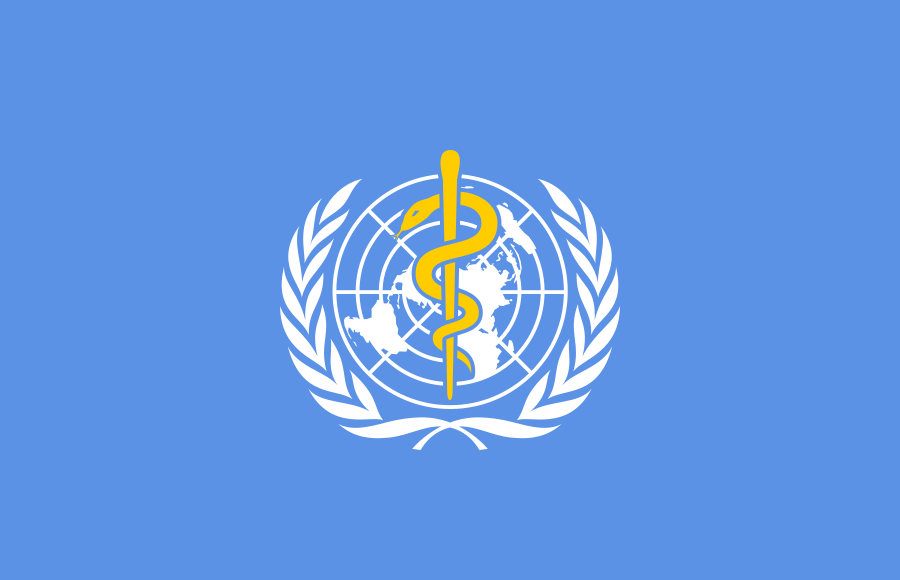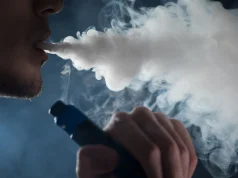CAPHRA director Nancy Loucas, has recently returned from the Philippines where she attended a meeting in Makati City. During this gathering, CAPHRA and its member organisations discussed increasing their efforts in pushing back against the WHO’s counterproductive stance.
Loucas, who is also Co-Director of Aotearoa Vapers Community Advocacy (AVCA) believes that this stance is costing many lives, with tobacco use causing one million deaths a year in the Asia-Pacific region alone. Deaths that could be avoided by switching to the proven safer alternatives. “Because of WHO’s unmoved position, smokers in many countries remain highly vulnerable and are likely to stick with smoking until they die. Let’s not forget that about 80 percent of the world’s 1.1 billion smokers live in low and middle-income countries like the Philippines,” she says.
The upcoming CoP9 is once again excluding harm reduction advocates
“WHO’s FCTC is mandated to engage with the public, but it chooses not to despite the public being the major stakeholder. FCTC also has a mandate to pursue ‘harm reduction’ as a core tobacco control policy, but it has failed to acknowledge or implement this policy for nearly two decades. Outrageously, WHO has effectively deprived smokers of an effective way out of smoking,” she said.
The WHO refuses to embrace tobacco harm reduction
Moreover, said Loucas, the WHO has ignored a 2018 letter sent by 72 tobacco harm scientific experts who stated that it is time that for tobacco control to embrace tobacco harm reduction. “We know from all the science that it is the smoke that kills the users of combustible tobacco, not the nicotine. However, some in global positions of influence would have us believe that the use of alternative forms of nicotine is just as deadly and harmful as lighting up a cigarette!”
“We’re fighting for the billion-plus cigarette smokers who are now presented with better, safer and innovative nicotine product alternatives. Amazingly, our biggest obstacle remains the World Health Organisation. Regardless, we will continue to stand up for our right to be heard and included in their critical discussions,” she concluded.









You know who is responsible? The people who the WHO gets their money from. ‘Sponsors’ who bought themselves into the organization to prevent it from executing it’s duties. Big Tobacco is watching.